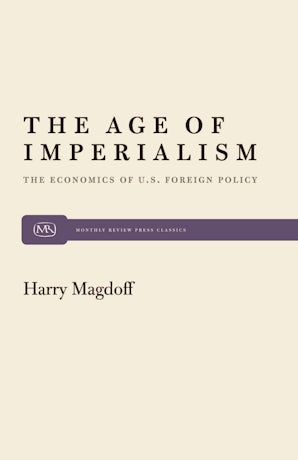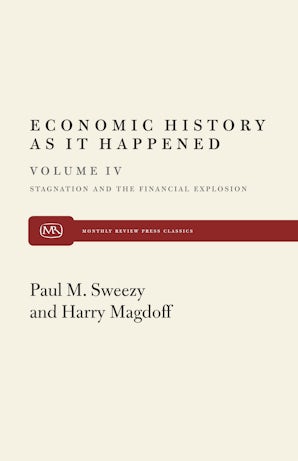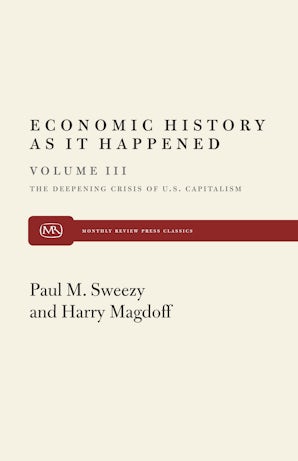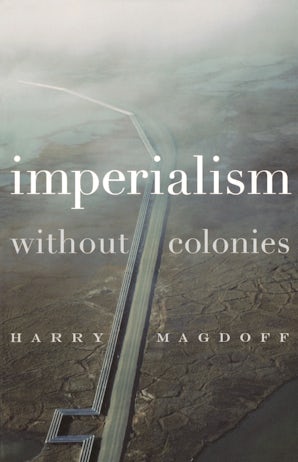Books by Harry Magdoff
The Age of Imperialism
by Harry Magdoff
Stagnation and the Financial Explosion
by Harry Magdoff and Paul M. Sweezy
Imperialism
by Harry Magdoff
Deepening Crisis
by Harry Magdoff
Imperialism Without Colonies
by Harry Magdoff
Introduction by John Bellamy Foster
Article by Harry Magdoff
- Introduction to the Updated Edition of Arghiri Emmanuel's ‘Unequal Exchange’
- Robert W. McChesney (1952–2025): A Personal and Political-Intellectual Memoir
- Eco-Marxism and Prometheus Unbound
- Ecological Marxism in the Anthropocene
- Marx and Communal Society
- ‘Gleichschaltung’ in Nazi Germany
- The Trump Doctrine and the New MAGA Imperialism
- MAGA Ideology and the Trump Regime
- The U.S. Ruling Class and the Trump Regime
- Western Marxism and Imperialism: A Dialogue






